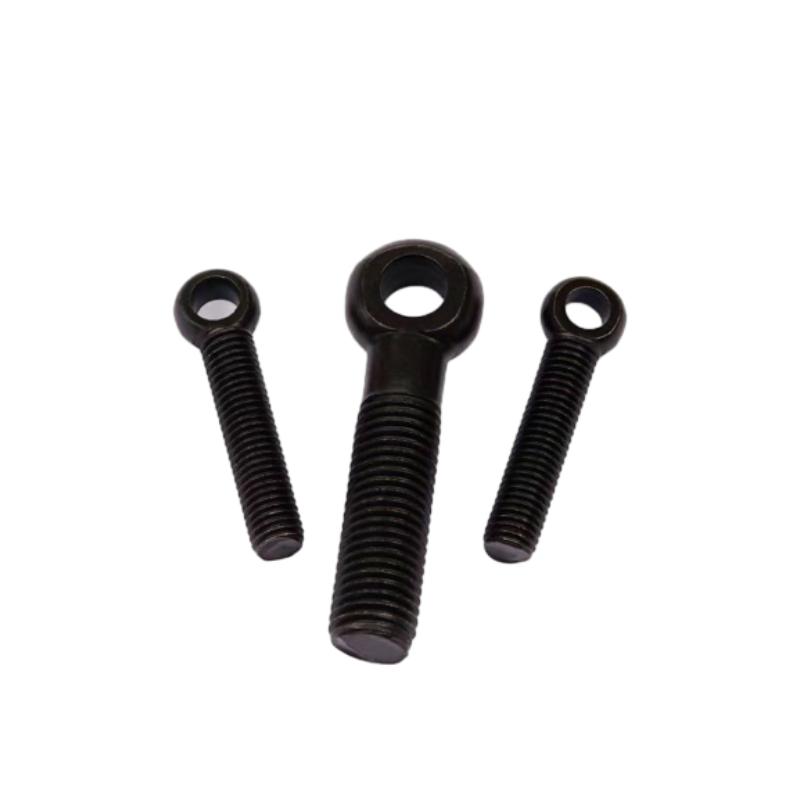

Effective Techniques for Inserting Self-Tapping Screws into Cast Iron Materials for Secure Applications
Tem . 27, 2024 14:16 Back to list
Effective Techniques for Inserting Self-Tapping Screws into Cast Iron Materials for Secure Applications
Self-Tapping Screws and Their Use in Cast Iron
Self-tapping screws are versatile fasteners that can create their own holes in a variety of materials, making them an essential tool in construction and manufacturing. Among the diverse materials they are used with, cast iron presents unique challenges and considerations due to its brittle nature and complex properties. Understanding how to effectively utilize self-tapping screws in cast iron applications is crucial for achieving durability and reliability in assembled structures.
Understanding Cast Iron
Cast iron is an iron-carbon alloy known for its excellent casting properties and ability to be molded into complex shapes. It is commonly used in various applications, including automotive components, machinery bases, and cookware. However, cast iron is also relatively brittle compared to other metals like steel or aluminum. As a result, when fastening components to or through cast iron, special care must be taken to prevent cracking or breaking during installation.
Self-Tapping Screws Explained
Self-tapping screws are designed with a sharp, pointed tip that can pierce and create threads within the material without the need for pre-drilled holes. This feature significantly speeds up assembly tasks. There are various types of self-tapping screws, such as thread-cutting screws and thread-forming screws, each with specific applications depending on the material being used.
When using self-tapping screws in cast iron, it is essential to select the appropriate type of screw. For instance, screws that form threads (rather than cut) are generally preferred, as they tend to exert less stress on the surrounding material, minimizing the risk of cracking.
Best Practices for Using Self-Tapping Screws in Cast Iron
self tapping screws into cast iron

1. Material Selection Choose self-tapping screws made from materials compatible with cast iron. Stainless steel or coated screws can provide resistance to corrosion and enhance durability.
2. Correct Size The diameter and length of the screw should be chosen according to the thickness of the cast iron piece being fastened. Using oversized screws can lead to excessive stress and potential fracture.
3. Pre-drilling (if necessary) While self-tapping screws are designed to create their own holes, in some cases, especially with thick cast iron, pre-drilling a pilot hole may be advisable. This step can help guide the screw and reduce the risk of cracking.
4. Controlled Torque When driving self-tapping screws into cast iron, it is critical to use a torque setting that is neither too high nor too low. Excessive torque can crack the cast iron, while insufficient torque may not achieve a secure fit.
5. Spacing and Pattern Understanding the load distribution in the application can help in determining the proper spacing and pattern for the screws. This is particularly important in load-bearing applications where the integrity of the joint is essential.
Conclusion
Using self-tapping screws in cast iron applications requires a thoughtful approach to ensure compatibility and longevity of the fastenings. By selecting the right type of screw, ensuring proper installation techniques, and taking the unique properties of cast iron into account, builders and manufacturers can create robust assemblies that stand the test of time. Ultimately, the successful application of self-tapping screws in cast iron not only enhances the efficiency of the assembly process but also contributes to the overall structural integrity of the end product.
Latest news
-
Similarities and Differences Between Plain Washer and Spring Washer - Fastener Comparison Guide
NewsJun.10,2025
-
Effortless Installation Self-Drilling Window Screws - Fast, Secure, and Durable Fasteners
NewsJun.10,2025
-
Self Drilling Stucco Screws for Fast, Secure Installation Self Tapping & Self-Tapping Fasteners
NewsJun.10,2025
-
Premium Hot Dipped Galvanized Self Tapping Screws - Durable Corrosion Resistance
NewsJun.09,2025
-
Discover M12 Weld Stud Benefits & Applications Guide
NewsJun.09,2025
-
M25 Stainless Steel Washers High-Durability Fasteners for Corrosion Resistance
NewsJun.09,2025

